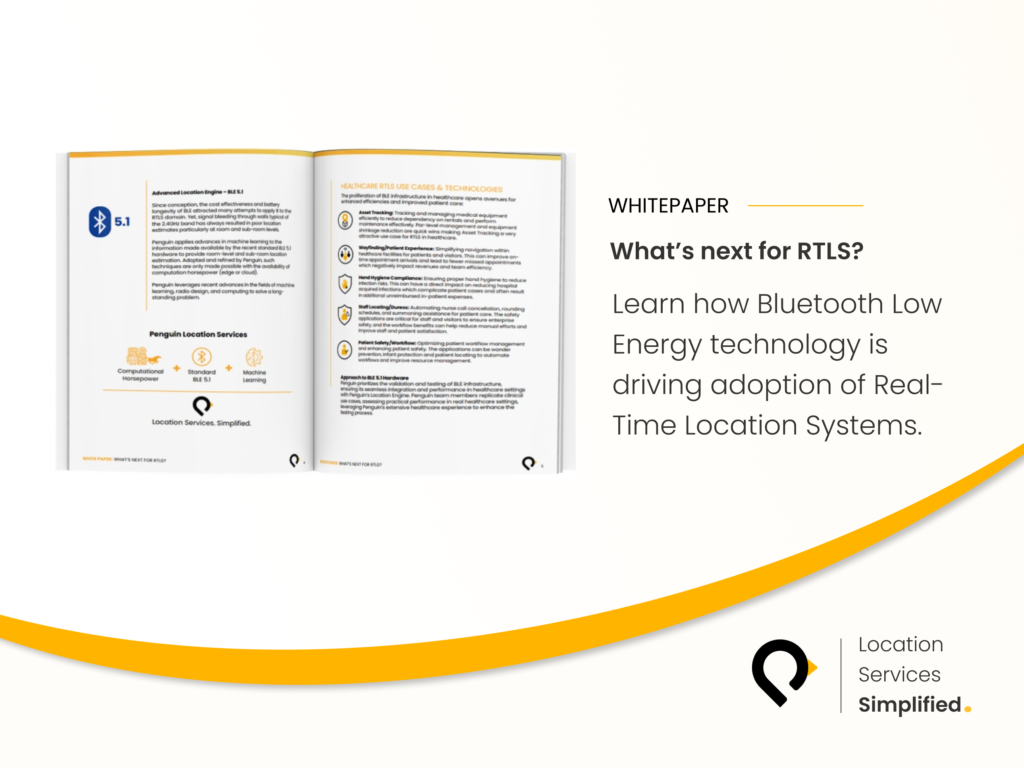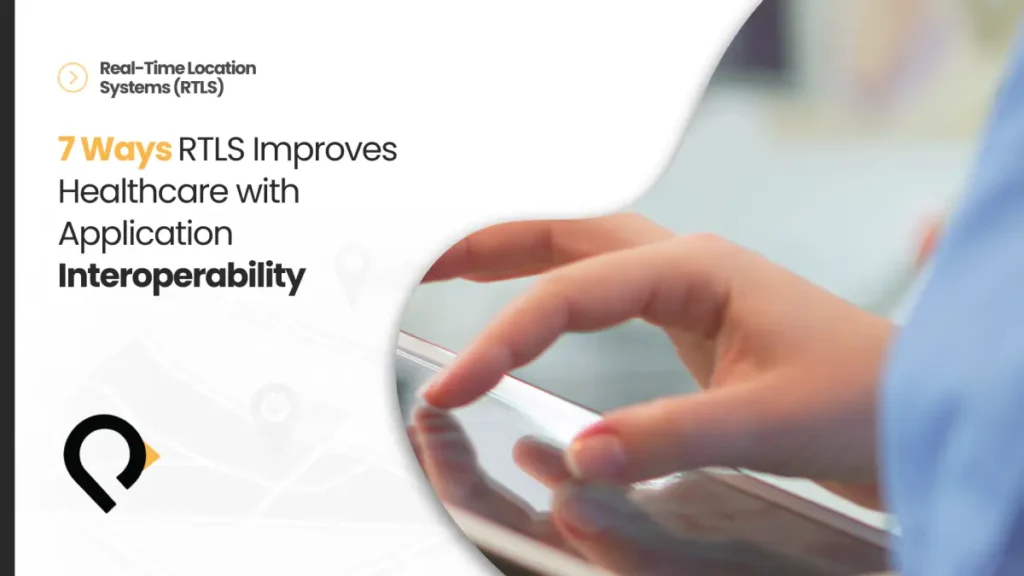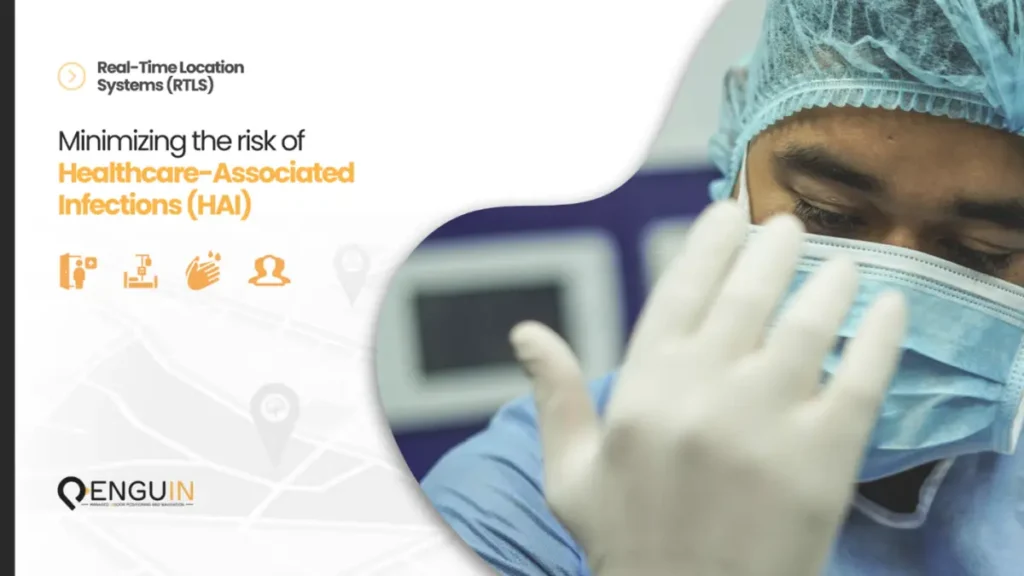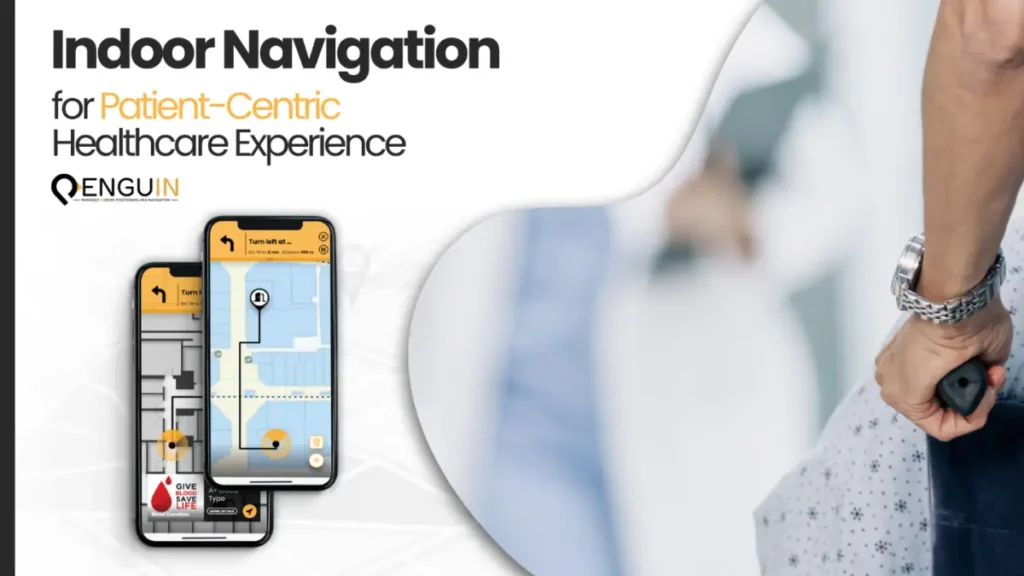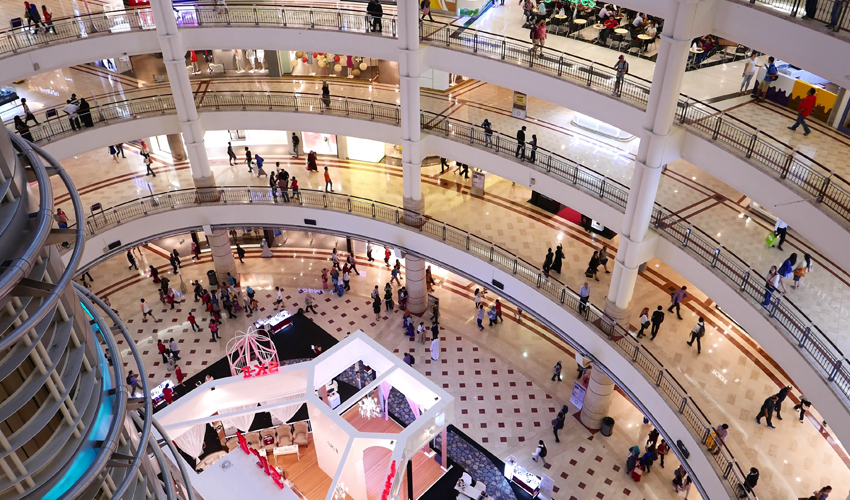
At a recent venue, I had the opportunity to evaluate several solutions providing real-time indoor 2D positioning on a smartphone-based map. I did feel that the accuracy indeed satisfy many of today’s use cases. However, a KPI that is still far from being satisfied is the ability to correctly and consistently detect the correct floor in a multi-floor venue. This challenge is particularly true in open areas (a.k.a. Open Vertical Cavities).

In such areas, the RF signal is leaking from one floor to another, and an RF transmitter in one’s zenith but two floors up may be closer than a transmitter that is on the same floor but 10s of feet away. Simple proximity techniques simply do not work.
Read more about PenguinIN Indoor Positioning
The PenguinIN team spent a considerable amount working on this problem with extensions of the floor detection problem to also detect the mode of transportation. From the many venues that we have tested, we believe that there is no one solution that fits all. A technique that works in a particular venue may not necessarily work in another. At PenguinIN, we have a slew of techniques that are tried and tested in many venues, and we select the right technique for the right venue, and we continue to periodically test the validity of the chosen techniques at a given venue. This approach has served us well so far. Photo below is showing our PenguinIN app detecting an escalator with the correct direction in one of the regional malls.

We would love to hear your thoughts on floor detection and other RTLS related issues. Please let us know. Also, feel free to share it via email or on Twitter or Facebook. Thank you!

